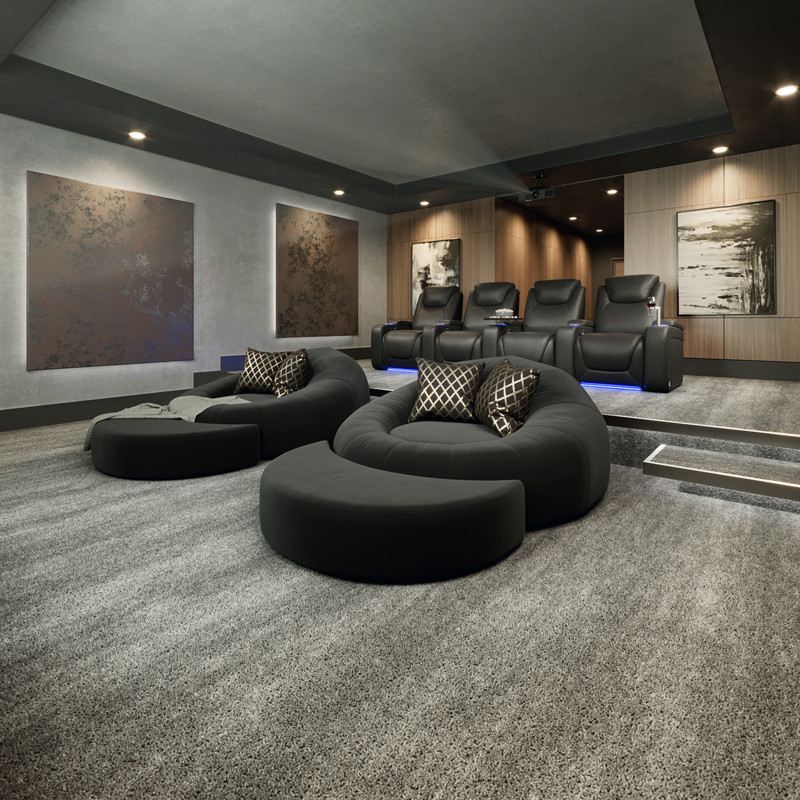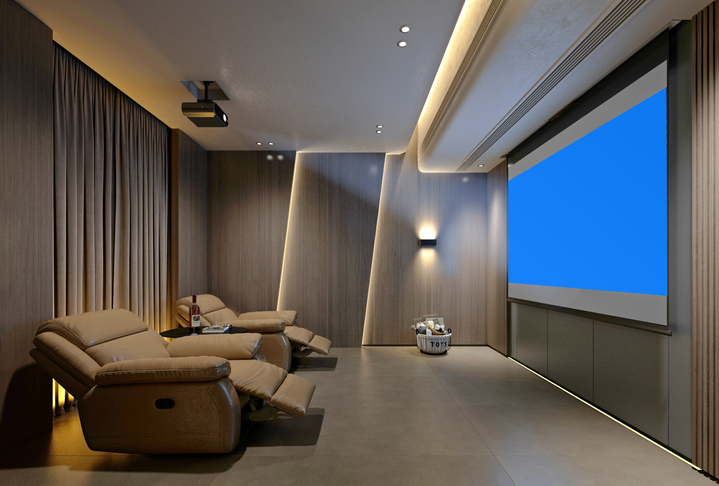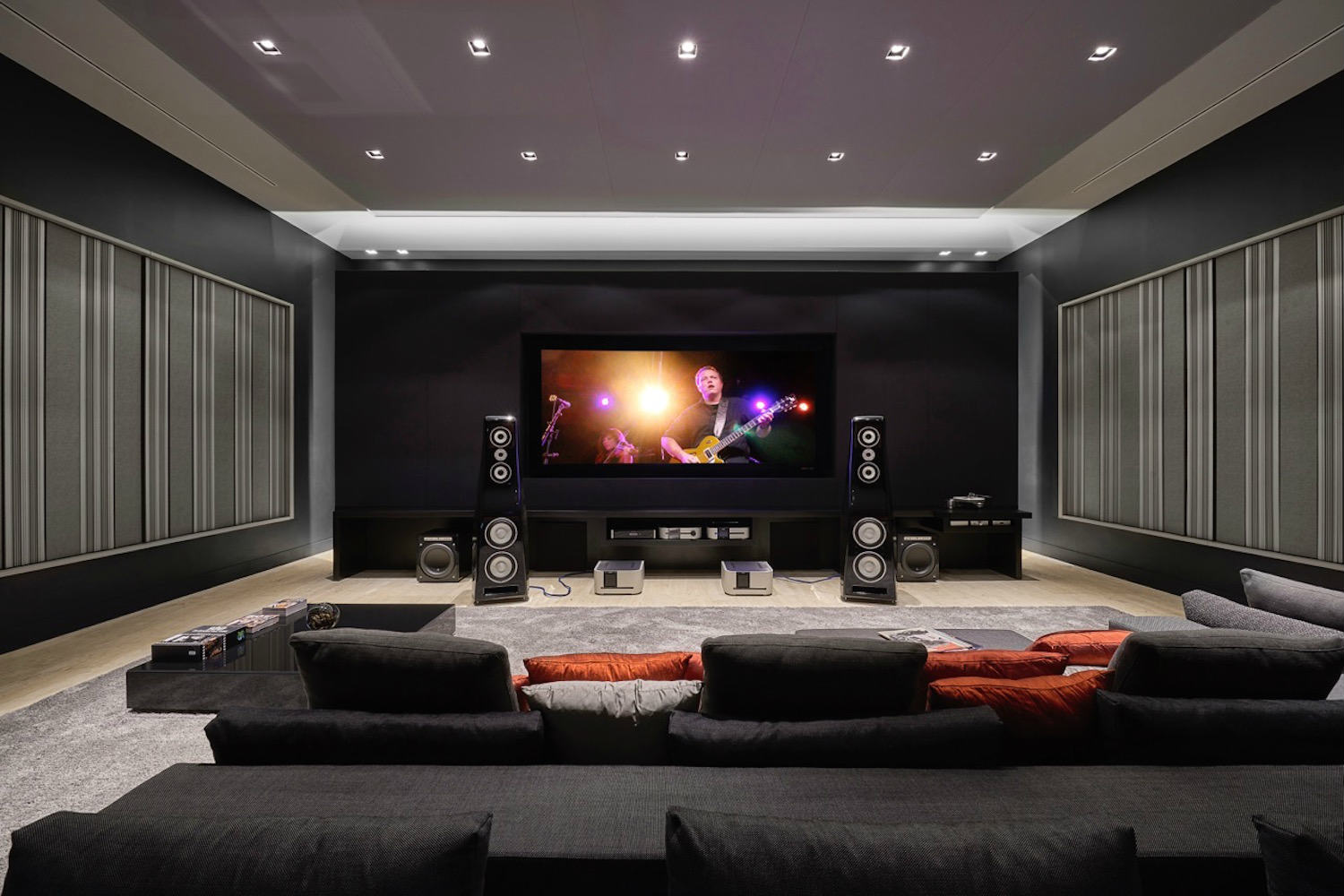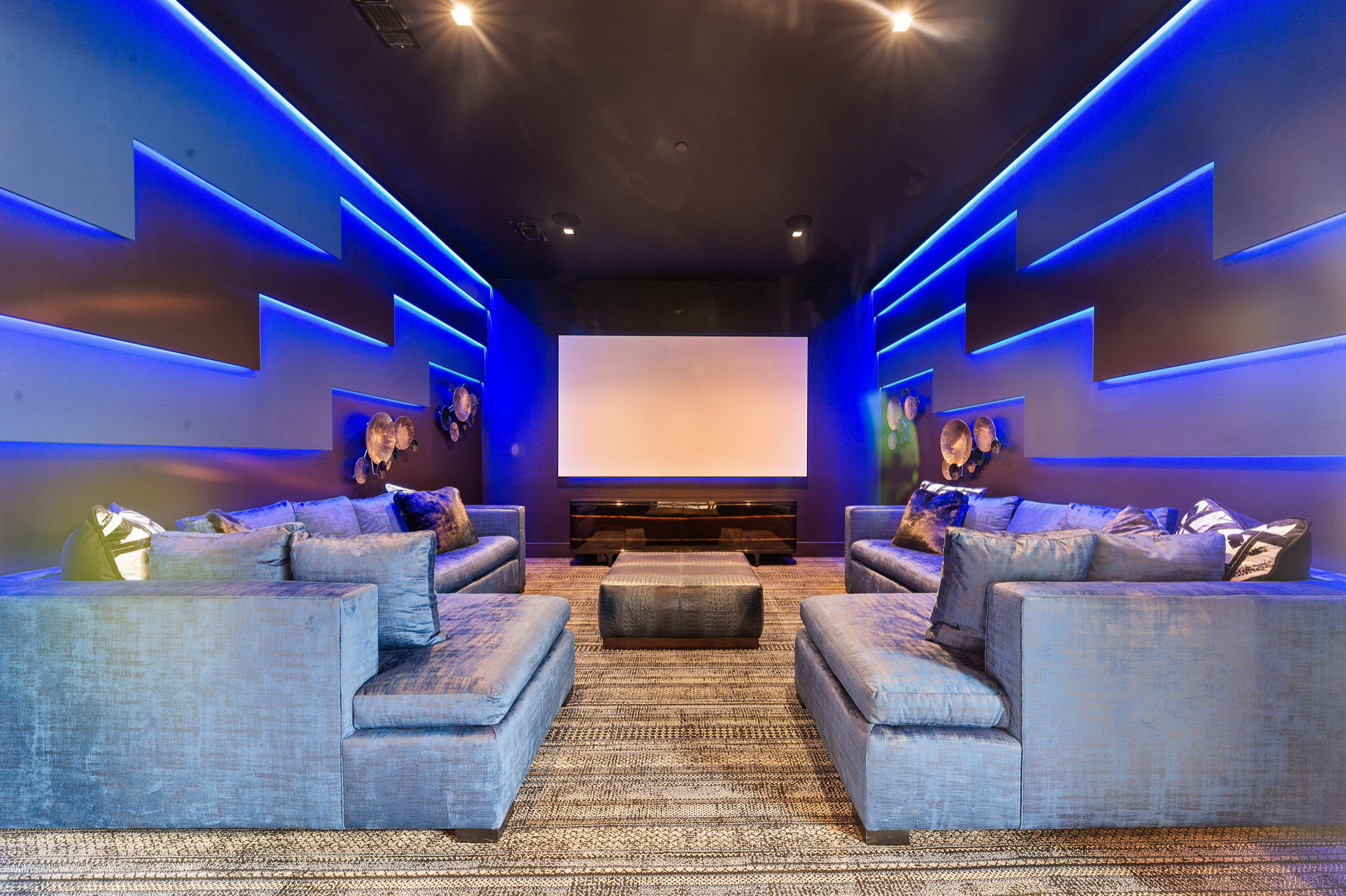Professional Tampa Home Theater Installation for a Seamless Experience
Professional Tampa Home Theater Installation for a Seamless Experience
Blog Article
Home Theater 101: Whatever You Required to Know for a Cinematic Experience in your home
Creating a home theater that matches the cinematic experience of a commercial theatre entails mindful factor to consider of numerous elements, including screen option, sound systems, and space design. Whether you are contemplating the optimal screen dimension or the details of border noise, understanding these fundamentals is essential.
Picking the Right Screen
When setting up a home theater, picking the ideal screen can make or damage the checking out experience - tampa home theater installation. The screen works as the focal point of your arrangement, affecting photo quality, viewing angles, and general visual. Key factors to take into consideration include display size, resolution, and kind
Initially, figure out the ideal display size based on your space measurements and seating range. Next, select in between numerous screen types, such as fixed-frame, mechanized, or retracting displays, each offering distinct advantages.
Resolution is one more essential factor. For a truly immersive experience, think about a display made for 4K or even 8K content, making sure sharpness and clearness. Furthermore, take into consideration the display's gain, which affects brightness and contrast; a higher gain can improve brightness in well-lit spaces, while a reduced gain might be better for darker environments.
Selecting Audio Equipment
Audio equipment is a vital element of any type of home cinema system, significantly enhancing the overall viewing experience. The selection of audio gear can determine the depth, quality, and immersion of audio, crucial for creating a cinematic ambience.
When picking audio devices, take into consideration a border audio system, which generally includes a receiver, numerous speakers, and a subwoofer. A 5.1 or 7.1 channel system is recommended, where the first number represents the speakers and the 2nd the subwoofer, giving an immersive soundscape. The receiver is the heart of the system, handling audio and video signals, and ought to sustain modern formats like Dolby Atmos for a boosted spatial experience.
Quality audio speakers are vital; try to find models that offer a balanced sound account with excellent bass action. Floor-standing speakers can generate richer noise, while bookshelf alternatives conserve space. Additionally, take into consideration wireless options for convenience of setup, although wired systems frequently deliver premium performance.

Optimal Seating Arrangements
Producing a suitable home cinema experience pivots substantially on ideal seating arrangements. The arrangement of seats plays a critical duty in both convenience and checking out high quality, directly influencing the total cinematic experience.
First, consider the screen size and watching distance. An usual standard is to position seats at a distance about 1.5 to 2.5 times the diagonal size of the screen. This ensures an immersive experience without stressing the eyes.
Following, elevation is crucial. If your seats remains in a tiered format, the back rows need to be more than the front to avoid obstructions. For level seating, make sure that the front row is not as well close to the screen, which everybody has a clear line of vision.
In addition, think about the plan in regards to social dynamics. Team seats can improve the public experience, while private seats might be preferred for individual viewing.

Last but not least, prioritize comfort link with ergonomic seats that supports extended watching periods. Integrating recliner chairs or cushioned seats can substantially boost the experience, making the home movie theater a recommended location for both home entertainment and relaxation.
Lighting and Atmosphere
Reliable lighting and atmosphere are important parts of a well-designed home cinema, as they dramatically influence the checking out experience. The right lighting can improve the motion picture feel, while inadequate choices can diminish it. For optimal results, think about a layered lighting technique that consists of ambient, job, and accent lighting.
Ambient lighting offers general lighting, ensuring that the space is not completely dark, which can strain the eyes. Dimmer switches are very recommended, enabling adjustments based on the web content being viewed. Job lighting, such as wall sconces or floor lamps, provides practical illumination for activities like reading or navigating the space without interrupting the general environment.
Accent illumination can be made use of to highlight architectural attributes or create focal points, including depth and interest to the room. LED strip lights behind displays or along shelves can provide my website a refined radiance that enhances the aesthetic experience without frustrating the visitor.

Wiring and Installation Tips
A tactical electrical wiring setup is essential for achieving optimal efficiency in your house theater system. Proper circuitry not just guarantees premium audio and video clip signals however likewise enhances the total aesthetic of your space. Begin by drawing up your design, determining where each component will certainly be put, including your screen, audio speakers, and receiver.
When choosing cable televisions, focus on top notch, properly gauged circuitry to decrease signal loss. HDMI cables must be utilized for video clip connections, while audio speaker cable should match the requirements of your speakers and amplifier. Go with in-wall rated cables to abide by safety criteria and maintain a tidy look.

Final Thought
In summary, creating an exceptional home cinema experience requires cautious consideration of different aspects, including screen option, audio tools, seating setups, lights, and wiring. By focusing on these variables, a cinematic environment can be effectively replicated, enabling for immersive watching experiences that rival typical movie theater setups.
Producing a home movie theater that matches the motion picture experience of a commercial theatre involves careful consideration of multiple parts, including screen selection, sound systems, and room design.When setting up a home theater, picking the right screen can make or break the viewing experience. Next, choose between different screen types, such as fixed-frame, motorized, or retracting displays, each offering distinct advantages. For a genuinely immersive experience, consider a display made for 4K or even 8K web content, ensuring intensity and clarity.In summary, creating an outstanding home theater experience requires cautious factor to consider of different aspects, consisting of screen selection, audio tools, seating arrangements, lights, and circuitry.
Report this page